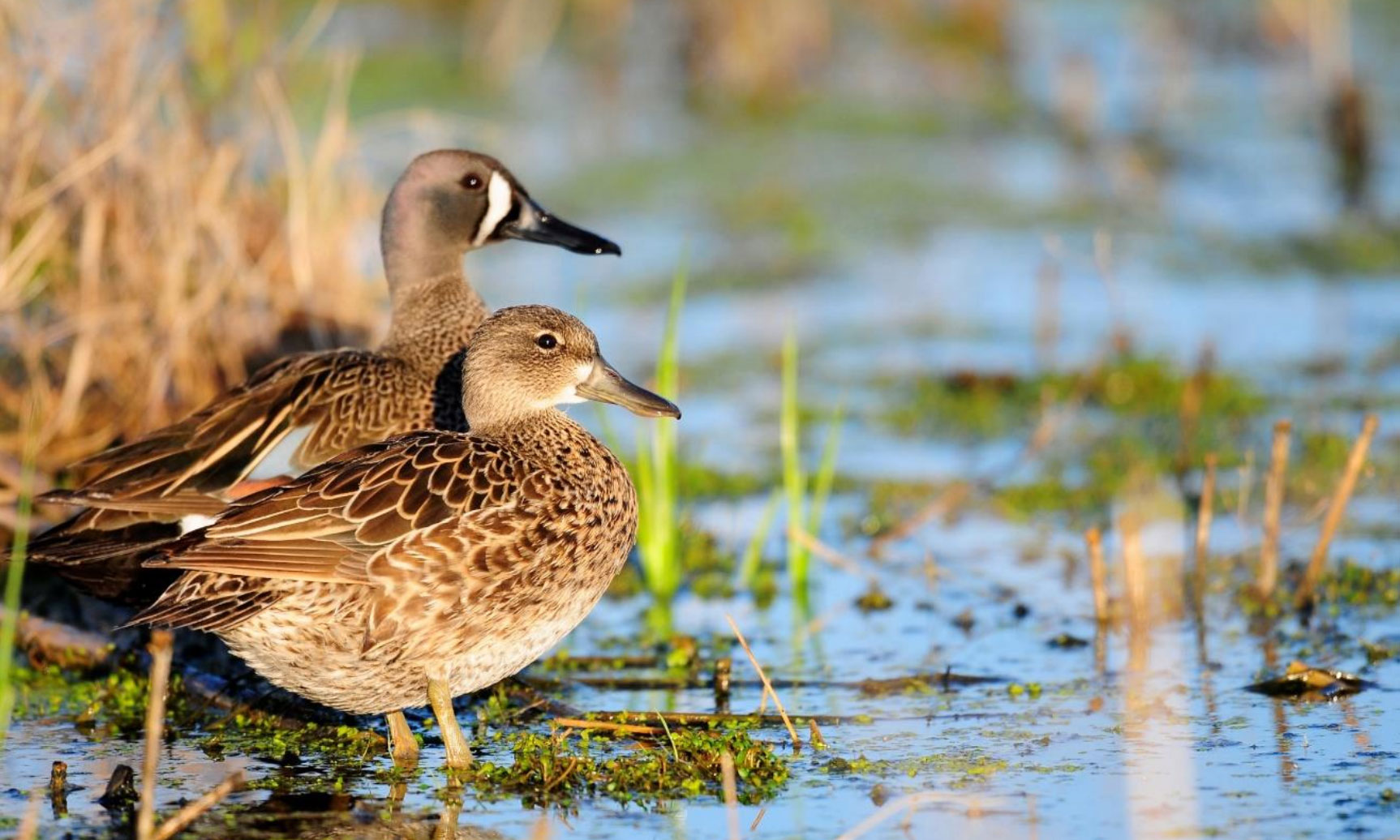Staff Lead: Therin Bradshaw
Considerable effort is expended annually to encourage early successional seed producing natural vegetation, cultivate agricultural grains, and control undesirable (i.e., uneaten, competitive) species to meet energetic needs of non-breeding waterfowl. Often managers are temporally and financially limited and must decide how to best expend resources while maximizing energetic availability. Therefore, understanding the consumption and energetic value of seeds from desirable and undesirable vegetation species would allow managers to make informed decisions regarding active or passive management.
We are currently working on projects to estimate the true metabolizable energy of a variety of waterfowl foods for the following duck species (Blue-winged Teal, Green-winged Teal, Mallard, Northern Pintail, Ring-necked Duck).
Recognizing usable energy content of seeds and diet effects on lipid fluctuations will allow wetland managers to evaluate tradeoffs between expending effort to cultivate or promote desired species and controlling undesirable species.

